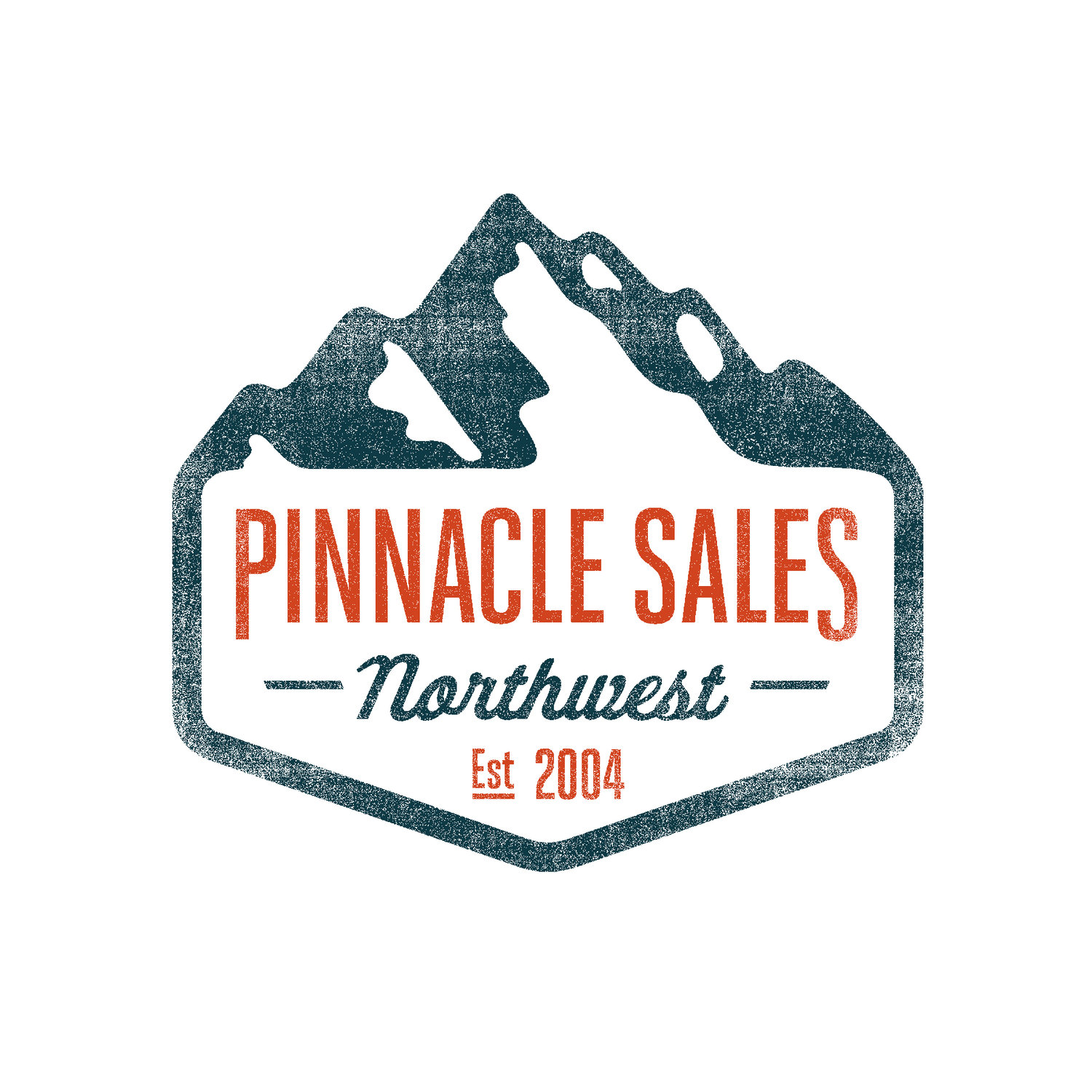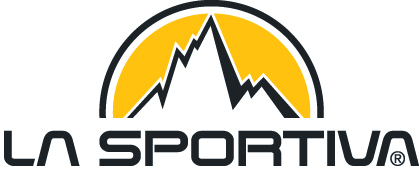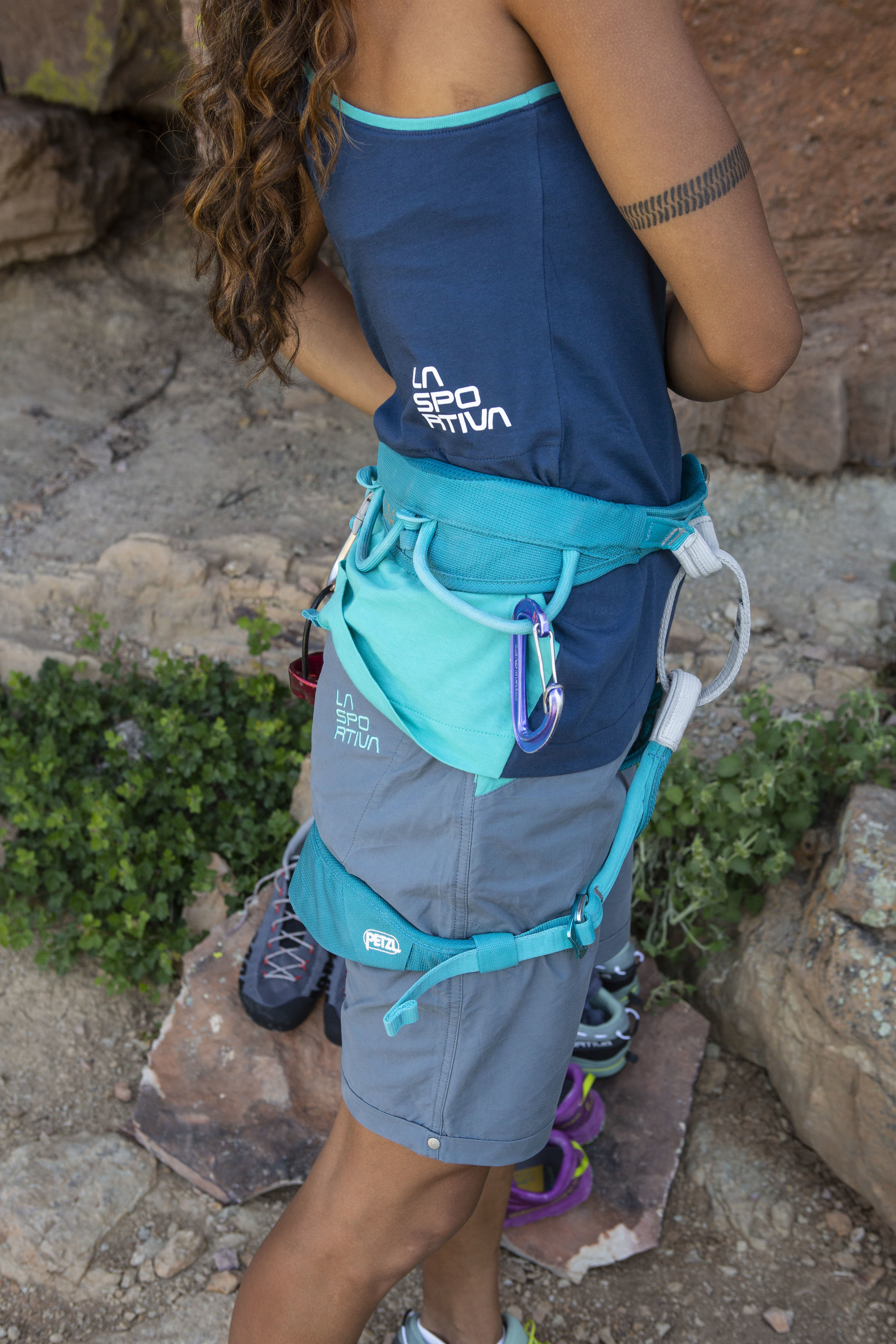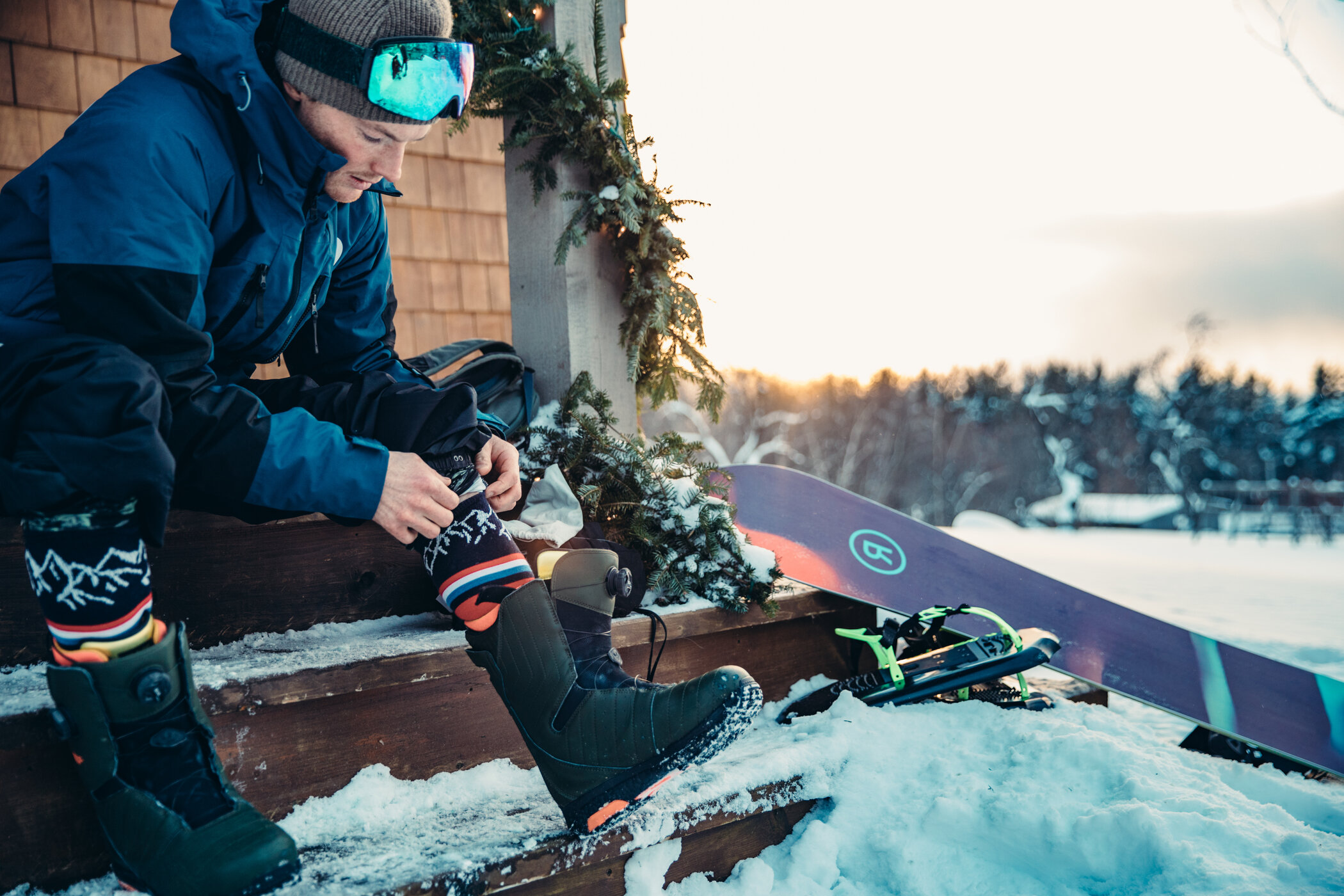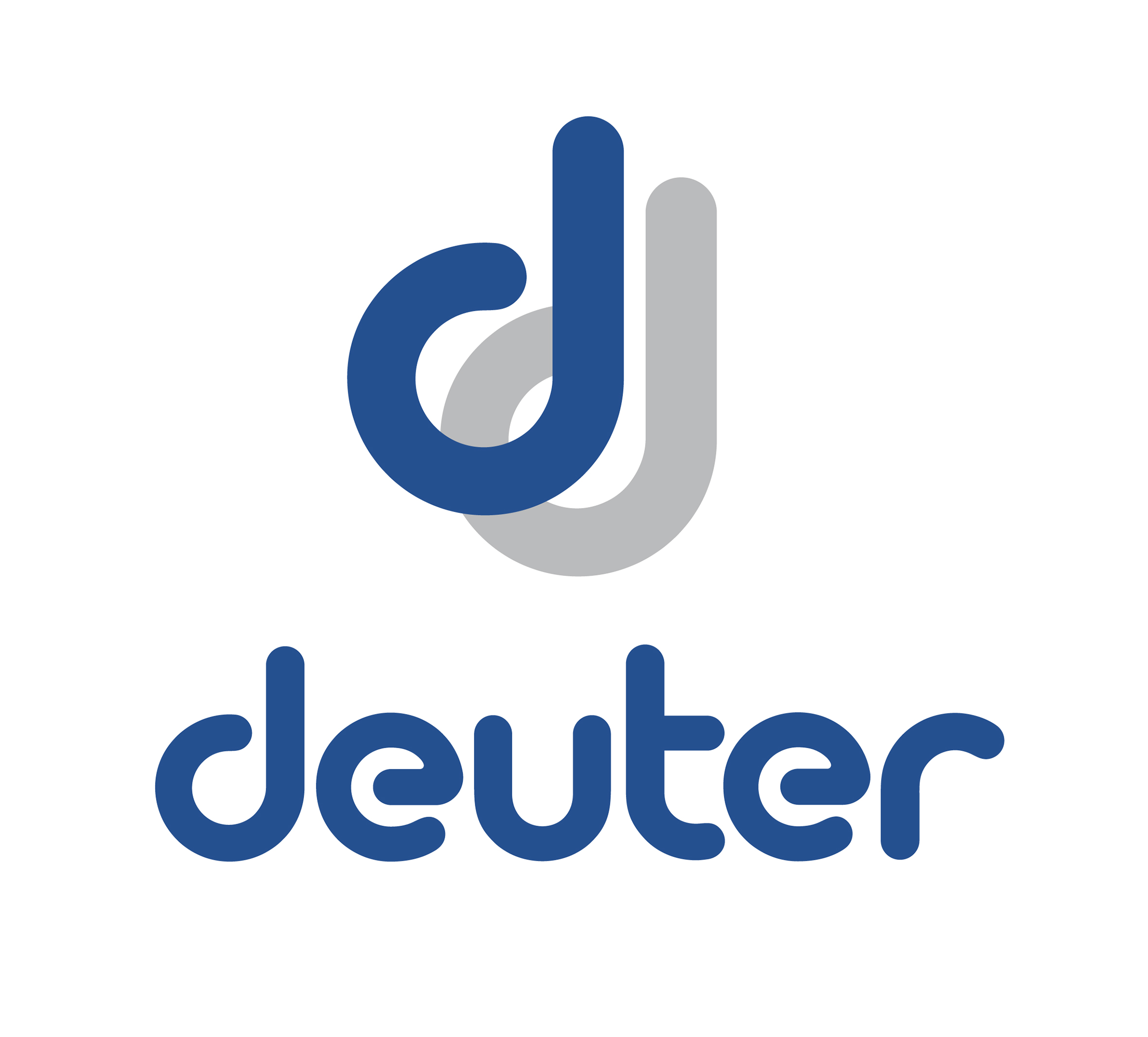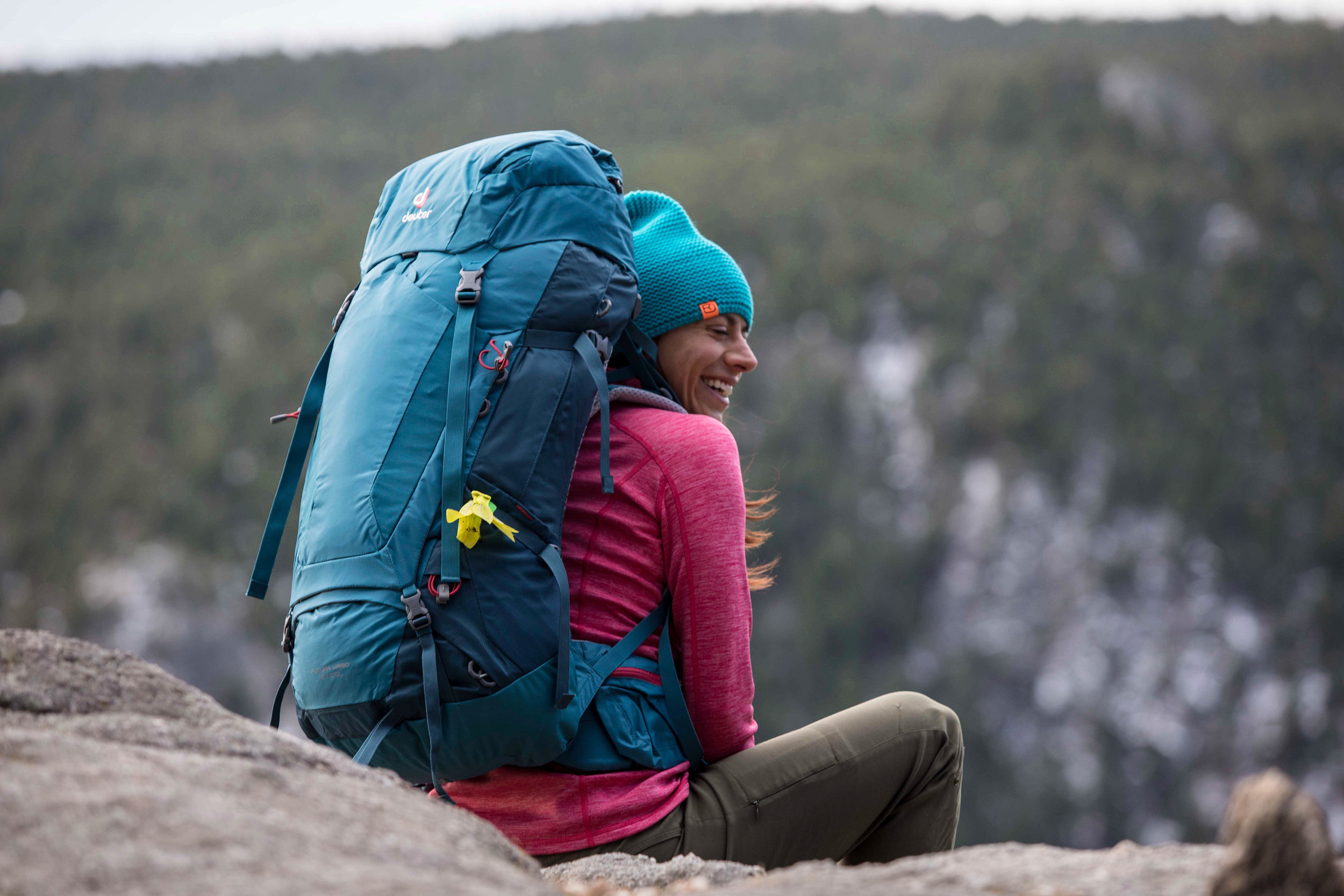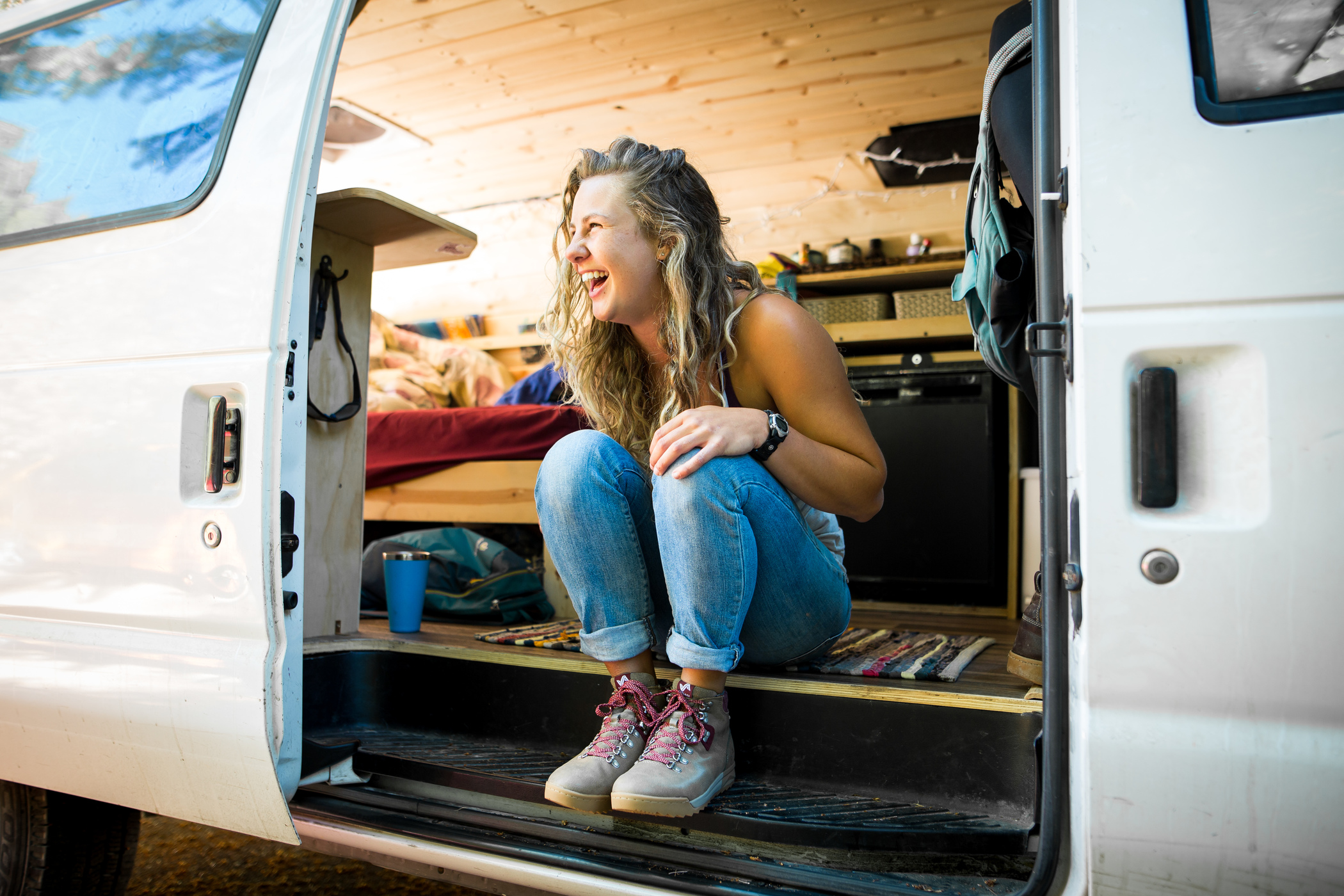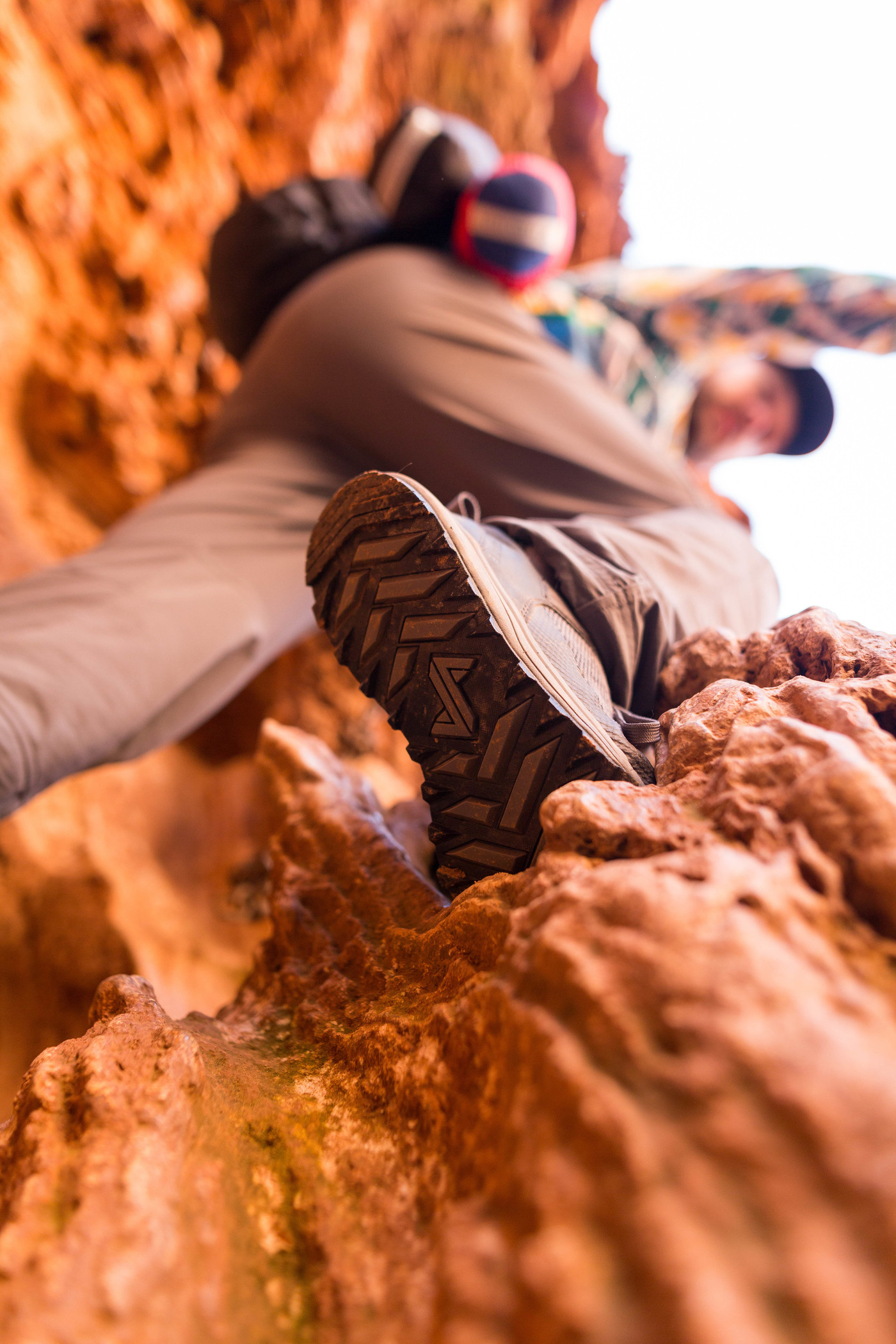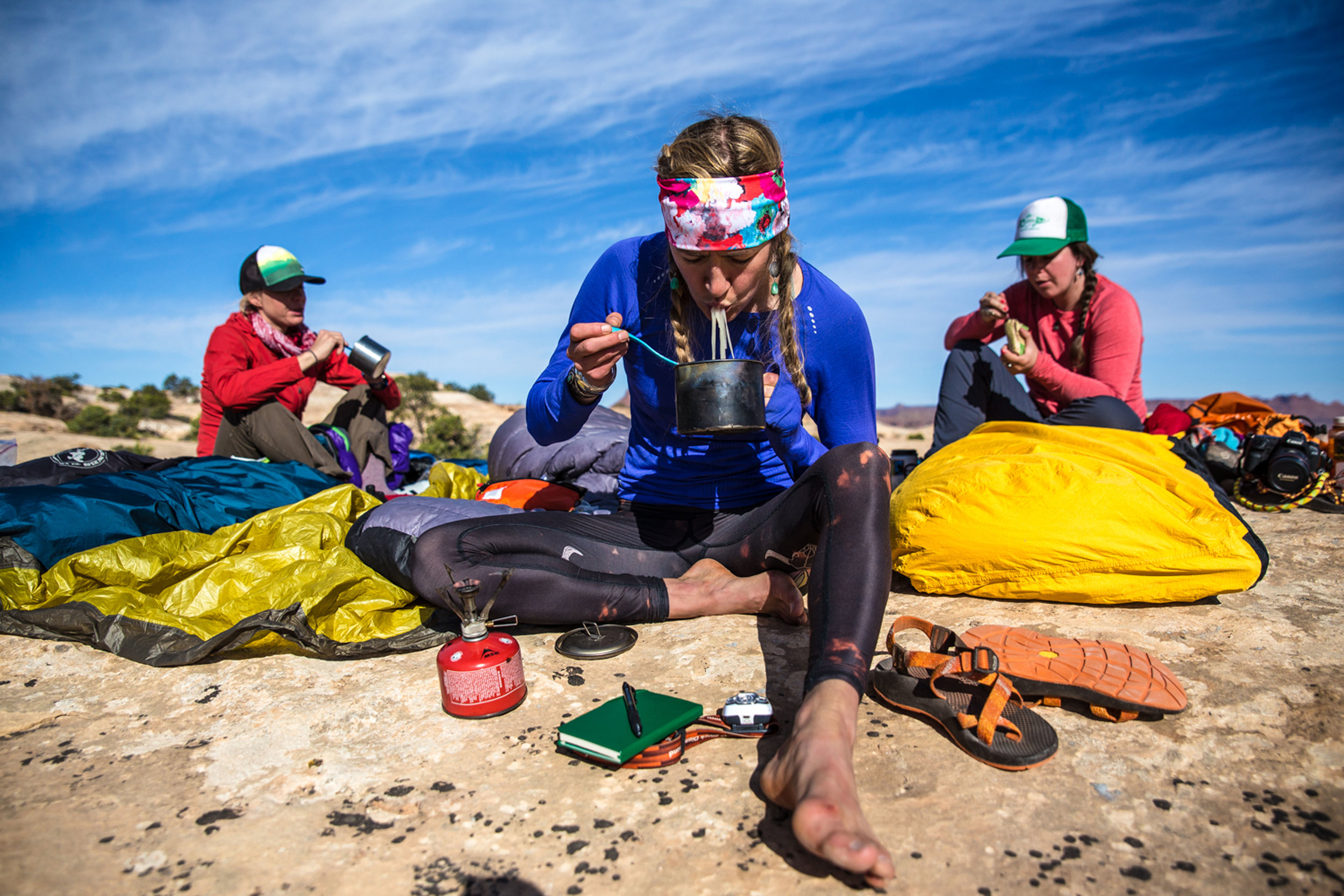Because it is one of the birth places of modern day climbing and alpinism, there is a wealth of information about climbing in Chamonix. As a newcomer to the area, just figuring out which guidebooks you need can be daunting. The following page details everything I have learned that may be helpful for the person. Feel free to drop in comments about other things that might be useful. The information reflects my personal opinions, and attempts to consolidate the research and experiences I had over the course of my time here. At the end of the day, I only spent a little less than two months, so it is just one perspective!
Positives for Chamonix
- The climbing. Chamonix is the center of the world for “alpinism”. You won’t find better access to ice, rock, and mixed routes at altitude (2000-5000m) anywhere in the world. The ability to quickly dial in technical skills without a big approach is unrivaled.
- The people. The town is made up folks from around the world (mostly the U.K., Spain, Australia, America, and New Zealand). Some have come to climbing and ski, some just to live in the mountains, most to piecing together an independent lifestyle off the mainstream track.
- The language. While it is still a foreign country, English will get you by pretty much all the time. That doesn’t give you the right to be rude, or avoid learning a few of the customs though!
- The access: Great transportation and access within the Chamonix Valley. The bus is basically free (they never ask for $$), runs all day, and is super easy to do with a bunch of climbing gear, even after a long day.
- The options: There is a ton of diversity with respect to the types of climbing or skiing you can do, and there are many other things to do to stay active. This includes unlimited and amazing trail running and hiking, mountain biking, paragliding, and skiing. From a climbing perspective, you can aim for ice routes (glacier or WI), mixed, rock, mountaineering, snow arretes and traverses.
Negatives for Chamonix
- The cragging: the crags near town are pretty abmissal. There are some local options, like the the slabs in Vallorcine, Les Giallands, and Le Tour. I only found the last of these to be particularly exciting. Dry-tooling can be done at the Zoo, which is great before tackling mixed routes on the MB Massif. Apparently there are beautiful, long limestone routes farther down valley, but I never checked this out. No one comes here to go cragging, but when the weather is bad up high for several days at a time, your mind will start to consider other possibilities…
- The costs: prices of lifts and refuges can be a bit exorbitant at times, and taking the time to think through climbing itineraries, lift prices, and whether you want to bring bivvy gear will definitely help you to save some money. This process can be a bit stressful though, so planning to stay for a longer period where a multi-pass or seasons pass becomes cost effective makes more financial sense.
- The crowds: although I was there during a low time of year, the trams were still packed every morning. Getting a route to yourself is a treat, as is not getting stuck behind a larger party, or being passed by super fast groups.
Climbing objectives and seasonality:
Seasons
To my best understanding, here are the times for various types of climbing.
- May – Ski season ending…I don’t know what people climb in this period, but I am sure there are plenty of badass folks getting stuff done.
- May/June – Transition period where it may be wet and rainy down-low, with snow fall and unstable weather at altitude. Classic mixed alpine routes at altitude may be climbable as it remains cold (Fil la Plumb, Vent du Dragon or other routes in the Aiguille du Midi area, mixed routes on Point Lachenal). As the weather warms, these routes will become thin and dry, but then larger snow climbs come in (N. Face of the Tour Rond, Migot Spur on Aiguille du Chardonnet,…). Many of the lifts to access various glacier basins (Tour, Argentiere via Grand Montets) are closed until mid or late June, so long approaches are necessary if possible at all. The glaciers are often ‘wet’, and winter travel routes may still okay in May. When I went, late snow in May and June, allowed use of the winter travel routes. Unfortunately, late snow also meant that some of the rocks climbs typically in by early season were still improbable at best. As examples of these conditions, we were able to take the winter route in the Tour Basin to Chardonnet, heading south from Albert Premier, but the same conditions prevented us from climbing in the Enverses. If you go during this time of year, be prepared for various climbing options you will be limited to. Prime-time ski season for Mont Blanc and other 4000ers during this timeframe.
- July – September – Prime-time for summer rock climbing on the MB massif, Aiguille Rouges, and walk up routes or ridge on the Mont Blanc from the North-side (Trois Mont, Dome du Gouter, Boinnesary). At this point, the alpine/glacier ice starts to become dependable up high.
- September, October, November – Large alpine routes start to refreeze with water/alpine water ice.
- Ski season beginning….
In-situ gear
There is a substantial amount of in-situ gear on the commonly most climbs. This includes fixed ropes, pitons, slung blocks, cordelettes, bolts, iron rods, metal stakes, and the list goes on. While some might argue the routes are a little less “pure” because of this, it does help to lighten your rack, and thus your pack significantly.
Some of the things I have noticed in Chamonix which I found to be different from the Cascades
- anchors often built of one 1 piton and 1 bolt
- anchors are not often connected with a chain, but rather a bolt connected to another bolt or piton via a dynamic chord. The cord is typically not arranged in an equalized fashion, but rather implemented as a “backup”. To equalize the anchors, your typically need you own long sling.
- you can often get away with a slightly lighter rack on many of the alpine climbs due to the presence of fixed gear and anchors.
Best sites and places to get information (routes, conditions, etc):
- Camp to camp: Good user-generated beta, topos, trip reports, etc
- La Chamoniarde: Trip reports and route conditions reported to the Maison de La Montange/OHM. You can/should also visit the physical location near the Tourism office at the center of town. They can be very helpful with finding climbs that are in condition, as they are constantly in contact with guides, refuge guardians, and the like.
Must have/best guidebooks:
See https://alpineexposure.wordpress.com/2013/05/21/chamonix-valley-guide-books-and-topos/
Also, it is very useful to have a waterproof IGN Chamonix map. Light enough to half in your pack, and extremely useful as a reference for planning trips
Lines, passing, and etiquette:
- No one seems to respect the lines for getting onto/off of the cable cars. There isn’t a lot of pushing and shoving, but some well-practiced body positioning seems to carry some people to the front more quickly.
- Solo climbers may often be allowed to pass on routes, but this seems to depend on the time of day. For instance, if you head out solo for the Cosmiques in the morning, you’ll probably be allowed to go by. End of the day, it may be a different story as people get cranky.
- Keep in mind that on some of the more popular routes, there will be multiple guided parties. Treat them respectfully, and they will do the same for you. You may run into cranky guides, but keep in mind that they often encounter incompetent individuals or parties which make their job more difficult, so they may think you are just another punter.
- If you stop on the glacier in the track, step off to one side as a rope team. This allows other parties to continue on without stepping around you or on your rope.
- Much better advice on eitquette can be found here: http://www.cosleyhouston.com/alps-climbing-advice.htm
Weather
Like everywhere else in the world, there doesn’t seem to be one authoritative site on weather that is completely reliable. Having a good read on the forecast seems to be best done by “averaging” the information from a few sites, namely the following:
- Chamonix Meteo reports put together by professionals in the Chamonix Valley. They release a report each morning around 8am, and also release a report in the evening on Friday and Saturday nights.
- Weather on Chamonix.com has nice graphical representation of the valley, Aiguille Rouges, and the Mont Blanc massif. It provides wind direction, temperature, and predicted snowfall at 1000, 2000, and 4000m. It seems to be fairly accurate, but also seems to be frequently out of date due strikes.
- Snow forecast: Detailed, selectable weather information for 3800, 2400 and 1037 (valley floor) with visualization.
Staying in Refuges:
In addition to the ski lift system, the refuges are one of the facets of the experience in Chamonix that make it possible to tackle large objectives without a ton of logistical complexity or large packs. You stay at one (and choose to take meals there) can leave your sleeping bag, stove, and freeze dried meals at home.
First, before you head out for a trip involving a stay at a refuge, you should contact the refuge to reserve a place for the night. If you don’t reserve one, and the hut is full, you’ll likely end up sleeping on the floor somewhere inconvenient. The refuge guardians are typically very familiar with the conditions of nearby routes, including how “tracked” the glacier paths are.
Hut contacts:
http://www.chamonix.net/english/accommodation/mountain-huts/mont-blanc-huts
Staying at huts can be expensive, and I didn’t do this more than once while I was there. There is a cost for the evening, and then an additional cost for food. In some huts you can find running water to fill up for free, while in others you’ll have to pay for bottles.
http://www.chamoniarde.com/?page_id=1957&lang=en
Staying in a hut what to expect: http://www.simplysavoie.com/article/staying-mountain-refuge
Signing up for the FFCAM (the French Alpine Club):
There are two major reasons to sign up for the French Alpine Club:
- Climbing insurance while in France, or while climbing internationally
- Hut discounts
Though I was here for a nearly two months, I never became a member, here is why:
- I was told at the office that you need to use a European address if you want to use the insurance provided by the CAF. This is because they will “repatriate” you to that address in the event of an injury/hospitalization. If this address is outside the European zone, i.e. the United States, the insurance costs an extra $80.
- Unless you are going to stay at the more expensive huts (e.g. Cosmiques) several times, it might not be worth it to buy the CAF membership for hut discounts. At time of writing, the Albert Premier hut is 30 euro/night, or 15 euro/night for CAF members. The American Alpine Club membership does not have reciprocity unless you buy the Hut Stamp. Also, some huts are not run/owned by the CAF, and do not offer these discounts. The CAF member ship will not earn you food discounts at the huts.
If it does seem valuable to you, You can sign up for the French Alpine club in two ways:
- Online: Department: 74 – Haute Savoie, Activities: Alpinism -> CLUB ALPIN FRANCAIS COMBLOUX
http://www.ffcam.fr/recherche_clubs.html - In the office in town, which is next to McDonald’s and open 4-7pm Tuesday – Saturday
Food tips and techniques:
Shopping
If you want high-quality, regional french foods, buy them at the farmers market, not in the grocery stores (SuperU, Casino), or in the artisanal shops around town. The market takes place at the Place du Mont Blanc on Saturdays. The stores du “region” place a large premium on all sorts of foods. For example:
- half dozen natural/organic eggs at the farmers market: $2.50, at Casino/SuperU supermarket: $3.50
- saucisson at farmers market: $4, in one of the artisanal stores: $10, cheap mass-produced at store: $3.50. Do be careful that you are buying quality saucisson at the market, rather than those which are full of preservatives, and no different than the low quality stuff you get at the store.
Eating out
Here are some good spots I liked
- Micro Brasserie du Chamonix ($$, quality bar food, burgers, good beer)
- Bighorn Bistro ($$/$$$, fancier version of MBC, quality new american, good beer)
- Organic Epicerie (small organic store with salads and bowls to-go, 6-9 euro, on river near place du Mont Blanc)
- Munchies ($$$$, Chamonix “college” twist on fine dining, center around seafood and quality beef, expensive)
- Poco Loco ($, burger places near Snell’s, crappy meat but amazing buns and a huge meal, tastes great after a large outing)
- Moo ($$/$$$ near Train station, more good burgers and salads)
- Best HH deals: Monkey bar – 2/1 beers (4-6, also check out there 1/2 burger night on Mondays), La Terrasse – $4 pints (4-6), Bard Up $3 pints (4-7?).
Wifi, internet, and phones:
Jeff Ward was able to provide me with a bunch of advice for Cham, some of having to do with how to minimize phone expenses. He suggested following one of the following two plans:
- Buy a SIM card 10-15 euro or so, plus more for data. If you do this, be sure your phone is unlocked (I bought a SIM card but then had trouble getting it to work for my phone). You can buy SIM cards for Orange (the local French carrier) at the small ‘tabac’ convenience stores (there is one near Moo). The Orange store that used to be located in Chamonix is no closed, making the store in Sallanches the next nearest location. Its possible to get there by train if necessary.
- Roaming rates are fairly low now (he estimated $2/day), so a SIM card might not be worth the expense or hassle if you are just there for a week or two.
Wifi
Whether you get a SIM card or not, using Wifi will help you reduce data consumption. You can find free wifi at:
- McDonalds (lots of climbers hang out in the front entrance area without buying anything. Free wi-fi is available at all McDonald’s in France)
- Tourism Office
- Aiguille du Midi Lift and some of the other Chamonix Mont-Blanc managed lifts/locations (for example the Aiguille du Midi top station)
I also enjoyed hanging out at Bucks Coffee and La Terrasse for coffee or a beer while I worked on my computer. The things these two places have in common: fast, easy to use internet, casual quiet atmosphere during summer months, nice staff, and electronic outlets! La Terrasse has 4 euro pints during happy hour (4-6pm) and Bucks Coffee does a cafe americano for 1 euro.
After a while, bumming wifi at McDonald’s or buying a coffee for internet everyday has it tolls in in terms of convience of expense, so I ended up paying for a 20 euro unlimited Wifi pass from Orange. I was able to do this by clicking on their network in my phone or computer, then following the steps. The usage is ungated, but VoIP applications are not allowed (Skype, Facetime, etc). I thus used my Wifi to get this planned, do research, etc, but visited McDonald’s or otherwise to use video chat).
Hiring guides:
To guide in Chamonix, guides need an IFGMA certification and license to operate. There are a plethora of guides, and some will be higher quality than others. The exact arrangements seem to vary, but the cost of a guide tends to be around $400/day. For some guides, you will need to cover the cost of their meals, lift/tram tickets, and stays at refuges.
There seem to be two types of guiding folk:
- Folks like Danny Uhlmann, who lives full time in the Chamonix valley. He and others like him are great because they live here year round, understand the different seasonal objectives, and have climbed many of them personally.
- IFMGA guides who live in the States but travel to Chamonix during the high seasons (either ski – January/February/March, or rock July – October). Some great people to get in touch with are Marc Hanselman or Erik Leideker
Costs:
Here are some sample costs to give you an idea of how much the trip might cost you :
- Single day pass for Aiguille du Midi lift: 65 euro
- 15 day multi-pass for Aiguille du Midi: 250 euro
- Route trip at Index chairlift/tram: 28 euro
- Bus in town: 1.50 euro but I never saw a single person pay
- Full day rental of touring gear (no boots, during off season, at Snell’s): 36 euro
- Two day rental of touring gear (no boots, during off season, at Snell’s): 54 euro
- 50 cl beer during happy hour: 3 – 4 euro
- 50 cl beer during regular hours: 6-7 euro
- Climbing shoes (TC Pro): 120 euro
- An electronic wall adapter from SuperU: 8.50 euro
- A “grand cafe”: average 1.5 euro, up to 3.50 at a nicer spot
- Floss: 6 euro !!?
- Hostel bed in Grenoble: 30 euro
